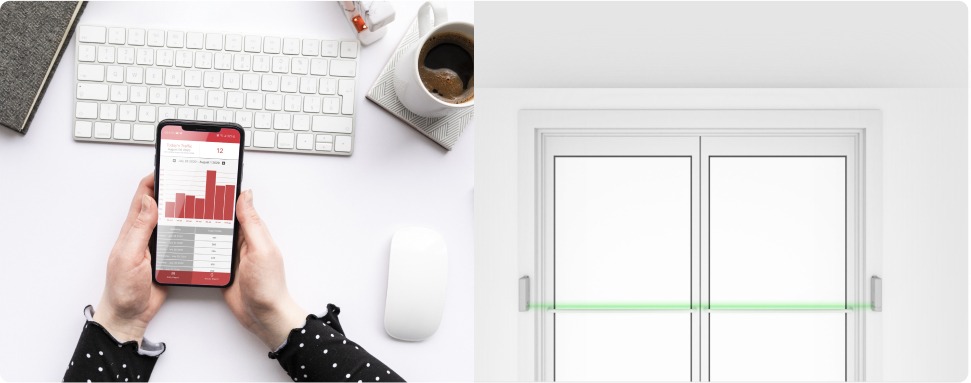|
Getting your Trinity Audio player ready...
|
1. Relying on gut feeling instead of data to make critical decisions
To survive in a cutthroat business environment, tracking metrics like foot traffic, conversion rates, and sales data is critical. Without this information, you’re just running your business blindly. Luckily, small business can leverage affordable software solutions that make it easy to understand and act on customer behavior. For example, connecting a simple people counter to your POS can help you correlate sales with foot traffic and optimize your operations accordingly.
2. Too much focus on increasing foot traffic at the expense of customer conversions
Getting customers through your door is just the first step in registering sales. What they do once they’re inside your shop is just as important. Analyzing the amount of time customers spend in the store, also known as dwell time, can help retailers get a fresh perspective on customer engagement and purchasing behaviour. It can point out other aspects of the store’s operations that need improvement such as layout.
3. Poor staff scheduling
Staffing isn’t just about having enough people on hand—it’s about having the right people at the right times. During peak hours, for example, you want to maintain service quality and customer satisfaction, while reducing the workload on shop floor attendants. Analyzing traffic patterns can help improve staffing efficiency by matching staffing demands with peak business hours.
4. Not planning for the future
All successful retailers plan ahead. They don’t just ask, “How are we doing now?” They want to know, “What’s our target for next year, and how do we get there?” Having the right software tools can help businesses simulate different scenarios like increased traffic, better conversions, or enhanced average sale amounts, and plan what needs to happen behind the scenes to actualize these outcomes.
5. Failing to automate
Manual methods of tracking data, whether it’s inventory, retail transactions or foot traffic, can lead to error-strewn information that can’t be relied on to make important decisions. Adopting software tools like retail management software, POS systems, and people counting software that that capture data accurately can free up your time to focus on growing your business while providing accurate, actionable insights.
Wrap-up
For the past 50+ years, we’ve been helping retailers, from mom-and-pop shops to larger chains, navigate the complex retail landscape. This is what we’ve learned about running a successful business:
- Data-driven decisions power successful businesses
- Your customer conversion rate is your compass
- Brick & mortar stores should learn from e-Commerce stores which thrive on data
- Plan for the future, not just the now
- Automation saves time and helps you focus on your core business
- Small retailers can compete with big players by leveraging technology
Big retailers have been leveraging data for years, but smaller businesses now have access to tools that level the playing field. Whether you’re a high-ticket furniture store or a boutique fashion retailer, using data effectively lets you compete with the Goliaths in your industry.












